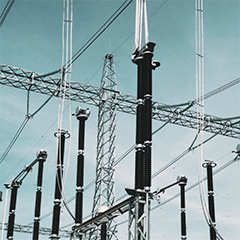Currently there is an abundance of data. A recent report from GlobalData highlighted how the ever-increasing deployment of smart devices and technologies within smart energy grids is creating an exponentially growing pool of utility big data. In fact, utilities are increasingly implementing technologies such as cloud computing, machine learning, Internet of Things (IoT), robotics, blockchain, and cybersecurity, with power grids now incorporating smart capabilities such as built-in processing, connectivity,
and sensors as standard.
This is being driven by the move to intermittent renewable power which requires energy operators to monitor and manage demand as well as supply to balance the grid. The growing use of smart charging and metering across electric vehicles and ‘smart’ household appliances will see utilities using sensors and machine learning to predict and control live energy use from household to highway, generating a further valuable pool of consumer Big Data.
Indeed, according to a separate report from the International Energy Agency (IEA), approximately 20 per cent of total global energy consumption is currently electric, with that figure projected to rise to 50 per cent by 2050. In order to cope with this huge increase in demand without overloading the grid, it is no surprise that the industry is ramping up investment in technologies for everything from predictive maintenance to data-driven flexible pricing.
In the coming years, renewable smart grids will be collecting valuable data on everything from local weather trends and consumer usage patterns to cybersecurity threat patterns. This could transform utilities into big data powerhouses and significantly increase their market value in a data economy. Without overstating the point, data could become their most valuable commodity.



























